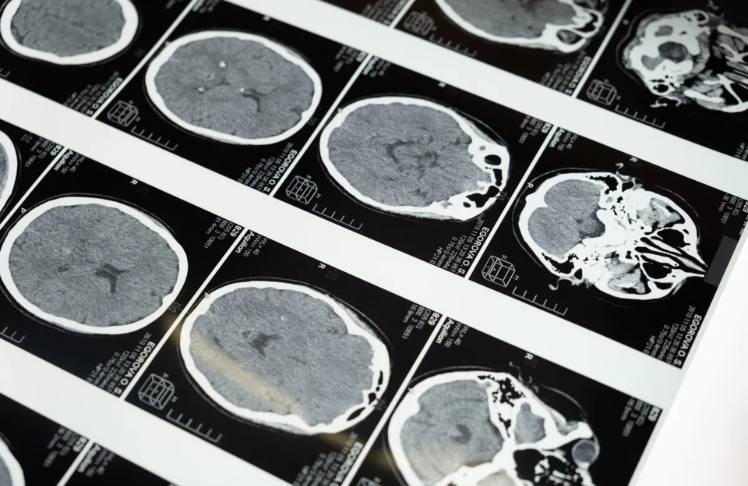
Black children don’t ask to be born into poverty, exposed to racism their whole lives, be hypersexualized and criminalized, or experience other forms of hardship. But that’s the reality for too many kids — and researchers say the high level of exposure to stress is causing damage to their brains.
That’s the sobering finding discovered by a team at Harvard University’s McLean Hospital and published in the American Journal of Psychiatry.
The researchers analyzed surveys and MRI brain scans of 7,350 white children and nearly 1,800 Black children, ages 9 and 10. They found that the Black kids were more likely to show changes in their brains linked to conditions like post-traumatic stress disorder (PTSD).
Nathaniel G. Harnett, the study’s leader and director of the Neurobiology of Affective Traumatic Experiences Laboratory at McLean, said it’s clear that structural racism is having long-term psychological health impacts.
“Our research provides substantial evidence of the effects structural racism can have on a child’s developing brain, and these small differences may be meaningful for their mental health and well-being through adulthood,” Harnett, who is also an assistant professor of psychiatry at Harvard Medical School, said in a statement.
It’s true: the early years of a child’s life are directly connected to their future health. This is because the brain forms rapidly before birth and into early childhood.
According to the Centers for Disease Control and Prevention, those years are when children can be set up for a successful and healthy future. The development process doesn’t complete until around age 25, but the first eight years of childhood are foundational.
But not all children are given the same opportunity.
For example, compared to their white peers, Black boys and girls are more likely to be exposed to trauma and domestic violence, and have a parent who is deceased or incarcerated.
They’re also more likely to live in deliberately disadvantaged neighborhoods that lack green space, access to fresh food, and have high levels of violence.
“These racial disparities are not random. Rather, they are deep-rooted structural inequalities that result from a history of disenfranchisement of racially minoritized groups (e.g., slavery, segregation) that reinforce themselves through societal norms and practices (i.e., systemic racism),” the researchers wrote.
Previous research reveals that adversity early on in life can lead to various mental illnesses in adulthood, including PTSD, anxiety, depression, suicidal ideation, and substance misuse.
Specifically, in this study, the researchers found that Black children had less gray matter — brain tissue that processes information — in three essential areas.
The areas are the amygdala, which determines how people respond in a crisis; the hippocampus, responsible for learning and memory; and the prefrontal cortex, where reasoning, planning, judgment, and impulse control take place.
“The dataset in our study included children younger than 10 years old — children who have no choice in where they are born, who their parents are and how much adversity they are exposed to,” Harnett said. “These findings offer another chilling reminder of the public health impact of structural racism, and how crucial it is to address these disparities in a meaningful way.”
This study debunked the scientific theory that differences in brain structure are due to race.
In the future, the team hopes to build on what they’ve discovered by investigating whether exposure to adversity speeds up or slows down brain aging.
According to Harnett, “These findings may just be the tip of the iceberg.”















